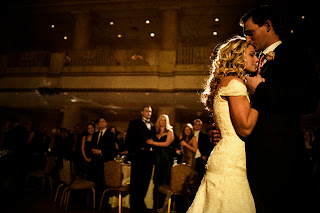The range of options available when talking about ISO (or film/sensor sensitivity to light) represents a similar type of trade off. A lower ISO number-- say 64 or 100-- represents the lowest sensitivity to light, but give the highest image quality in terms of graininess or "noise." Higher ISO numbers allow you to capture images in lower light settings, but add "noise" to the image, making them less and less suitable for enlargements.
Here are some examples to illustrate this point:


This image was take in full sun at the lowest ISO setting on the camera--100. The close up shows that the dark areas are nearly perfectly uniform.


This image, however, was taken at dusk and from some distance away. To allow shutter speeds that could remotely allow me to hand hold the camera, I bumped the ISO setting to the highest on this camera--1600. Notice the significant graininess or noise--especially in the darker areas.
If you don't plan to enlarge your images much beyond 5x7 then the higher ISO settings aren't too much trouble. The noise is not as noticable in smaller prints. At 8x10 or above, however, you should try to capture your images with the lowest ISO setting you can get away with.
Newer cameras manage image noise at the higher ISO settings much better. The newest Nikon professional grade DSLR, the D3, shows exceptional image quality, even at ISO 3200. See below:

The D3 can also go three full stops beyond 3200 to an astonishing 25600.


The ultimate take-home lesson from the tips on aperture, shutter speed, and ISO is to manage your ISO like you manage your shutter speed and aperture. Keep in mind the effect you are working for and adjust accordingly. If enlarging your images is important--keep your ISO low and open your lens wider or use a slower shutter speed. If capturing action is paramount--use higher shutter speeds, even if bumping your ISO up a little is necessary. To isolate that head shot against a blurred background, open your lens to its wider apertures.
So... how are your photographs improving? Post a comment here and let me know how you're doing and if you have any questions.



No comments:
Post a Comment